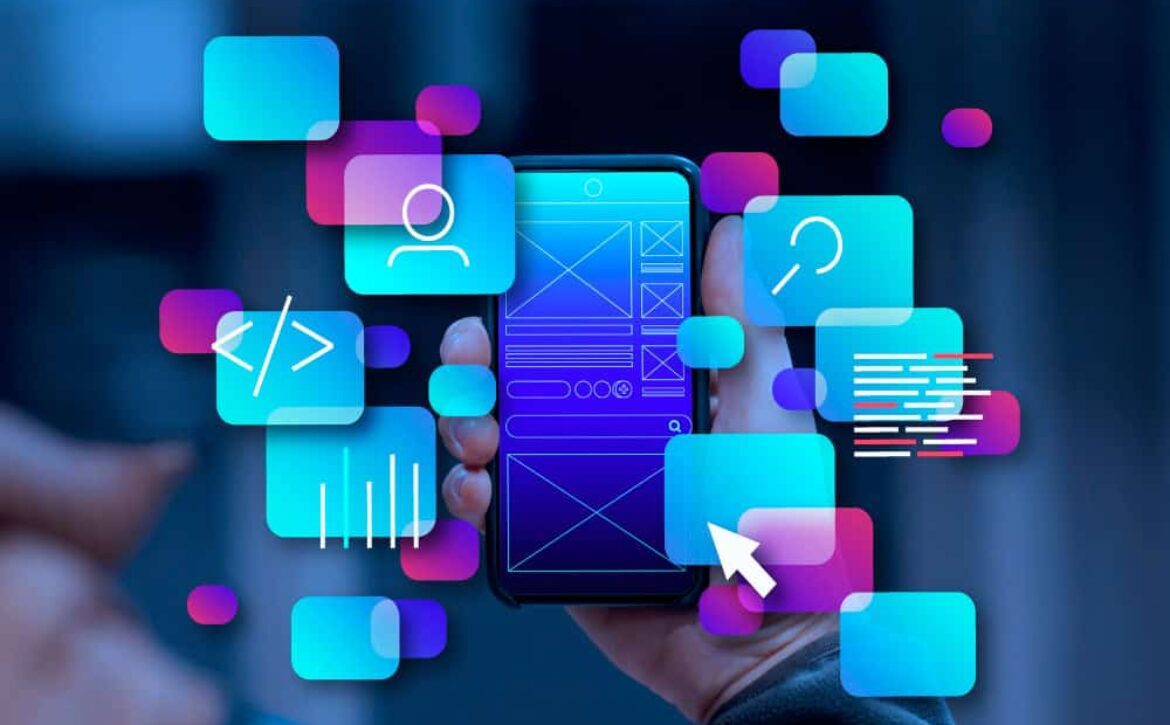Top Android Features Every Developer Should Know in 2025
Top Android Features Every Developer Should Know in 2025
Staying ahead in Android development means mastering the latest capabilities introduced with each OS version. In 2025, Android 16 is packed with game-changing features, enabling developers to craft modern, adaptive, and intelligent applications. Whether you’re building for phones, foldables, or wearables, understanding these updates will sharpen your competitive edge.
In this blog, we explore the top Android features developers must know in 2025, aligning with critical trends like Jetpack Compose updates, Material 3 Expressive, AI integration, and more. Let’s dive deep into the Android 16 toolkit that empowers future-ready mobile applications.
1. Android 16 Developer Features 2025
Android 16 introduces a wealth of enhancements targeting performance, security, user experience, and flexibility. For developers, some standout tools and APIs include:
- Live Updates: Deliver real-time tracking in the notification shade (ideal for logistics, travel, or delivery apps).
- Advanced Protection Mode: Enhanced anti-scam and malware defense for sensitive user environments.
- Cloud Photo Picker: Easily access user content stored in the cloud with local search support.
- JobScheduler Introspection: Gain better control over task executions with detailed scheduling insights.
These Android 16 developer features 2025 are optimized for scalability and responsiveness, aligning perfectly with the era of personalized and secure apps.
2. Jetpack Compose Updates 2025
Jetpack Compose is the go-to declarative UI toolkit in 2025. The latest Jetpack Compose updates 2025 empower developers with:
- Text auto-sizing for responsive typography.
- Compose Lookahead Layout for predictive UI structure.
- Compose Adaptive Layouts supporting multi-pane and foldable-friendly UIs.
- Integrated Material 3 Expressive support for visual customization.
This evolution enables faster development with fewer bugs and reduced boilerplate. Compose also improves runtime performance and simplifies adaptive design.
3. Material 3 Expressive Tutorial Highlights
The Material 3 Expressive design update adds more flair to Android UIs, giving developers robust theming and animation tools. Key components include:
- Expressive chips, buttons, and transitions.
- Dynamic color adaptation based on wallpaper or context.
- Enhanced accessibility and motion capabilities.
For developers looking to level up UI design, following a Material 3 Expressive tutorial ensures visually engaging, consistent interfaces.
4. Adaptive Layout Android 16 Tutorial
Android 16 enforces adaptive–resizable layouts across screens larger than 600dp. The adaptive layout Android 16 tutorial approach enables your app to work flawlessly on:
- Foldable
- Tablets
- Large phones
- ChromeOS devices
Compose Adaptive introduces APIs for pane behavior, layout shifting, and predictive back navigation—all essential for seamless, cross-device UX.
5. Android 16 AI Tools & Gemini Integration
Google’s AI breakthroughs in Android Studio Narwhal are transformative. The Android 16 AI tools Android Studio Gemini bring:
- AI-assisted code suggestions and bug fixes.
- UI generation from text prompts.
- Smart refactoring and live previews.
Gemini’s native integration boosts developer productivity while enhancing app intelligence through private on-device inference.
6. Android Developer Linux Terminal Android 16
One of the most unique features is the Linux Terminal powered by the Android Virtualization Framework (AVF). With the Android developer Linux terminal Android 16, users and developers can:
- Run Debian-based desktop apps.
- Execute terminal scripts in a secure VM.
- Enable dev workflows without rooting devices.
This terminal expands Android’s capabilities into productivity and developer tooling like never before.
7. Health Connect FHIR Android 16
Android 16 now supports FHIR (Fast Healthcare Interoperability Resources) via Health Connect. This update is vital for developers building health, wellness, or fitness apps:
- Access EHR data securely.
- Sync immunization and medical records.
- Build HIPAA-compliant health monitoring apps.
With Health Connect FHIR Android 16, health-tech startups can meet regulatory standards while innovating fast.
8. Auracast Android 16 Developer Guide
Bluetooth LE Audio introduces Auracast, a next-gen audio-sharing experience. According to the Auracast Android 16 developer guide, developers can now:
- Stream audio to multiple devices.
- Support hearing aids and accessibility devices.
- Integrate with LE Audio for smarter sound delivery.
This unlocks use cases for public broadcasts, shared AR/VR experiences, and more.
Why These Features Matter for Developers in 2025
In 2025, users expect fast, secure, intelligent, and adaptive apps. These Android 16 features provide exactly that:
- Faster development cycles via Compose and AI tools.
- Enhanced UX with Material 3 and adaptive layouts.
- New device capabilities with Linux terminals and Bluetooth audio.
- Vertical integrations in health, media, and security.
By implementing these innovations, developers can future-proof their apps for a diverse, privacy-conscious user base.
Partner With GoodWorkLabs for Android Development
At GoodWorkLabs, we build world-class Android applications that lead to performance, design, and scalability. Our expert Android team leverages:
- Android 16 developer features 2025.
- Jetpack Compose updates 2025.
- Advanced security, adaptive UI, and AI workflows.
Whether you’re a startup or an enterprise, our solutions are tailored to your market, device needs, and user goals.
Explore our Android development services
Final Thoughts
Mastering Android 16 is essential for developers in 2025. From adaptive layouts to Gemini AI tooling, the landscape offers unmatched opportunity. With the right knowledge and the right partner like GoodWorkLabs you can launch powerful, secure, and innovative Android experiences.




















